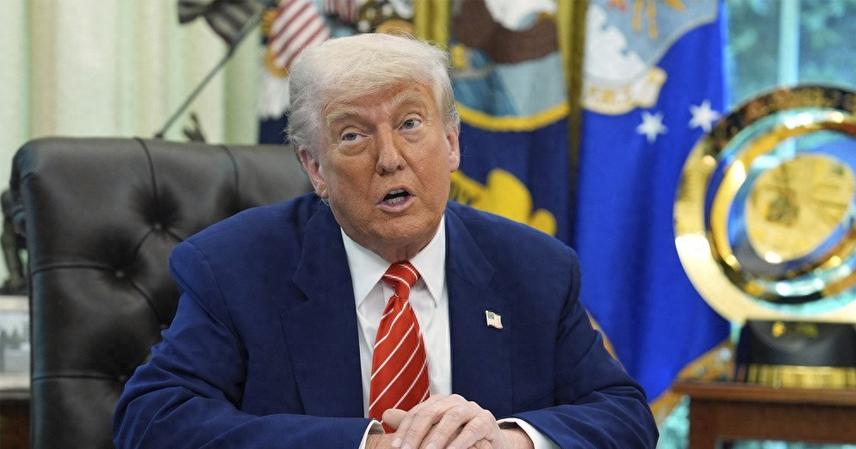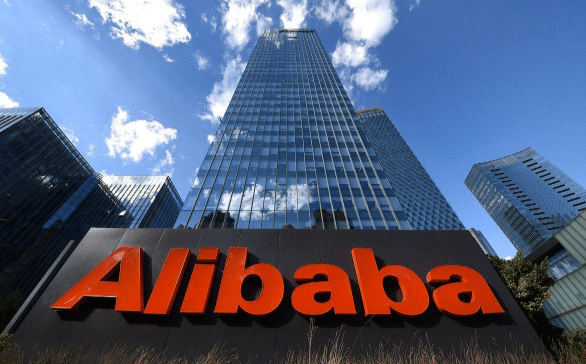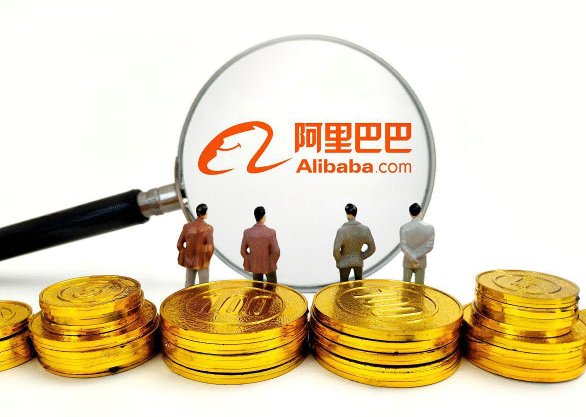When the White House cabinet meeting on October 10 turned tense, the world’s attention was once again drawn to U.S.–China trade tensions. In a moment of visible anger, President Donald Trump slammed the table and declared, “China has tightened its rare earth export controls, and we’ve been buying too much from them. Maybe it’s time to stop completely.”
The next day, Trump took to social media, issuing three posts that further escalated the situation — announcing plans to impose 100% tariffs on all Chinese goods starting November 1, and giving China 20 days to reverse its rare earth export restrictions, threatening retaliation against what he called “China’s trade coercion.”
The Trigger: China’s Tightened Rare Earth Export Controls
The immediate cause of Trump’s outburst was China’s Ministry of Commerce announcement on October 9, declaring that all rare earth materials and related technologies would now fall under strict export controls.
According to the new rule, any foreign product containing more than 0.1% Chinese heavy rare earths, or produced using Chinese extraction and refining technology, must obtain export approval from Beijing. This effectively closes the long-used loophole of routing rare earth materials through third countries to bypass Chinese regulation.
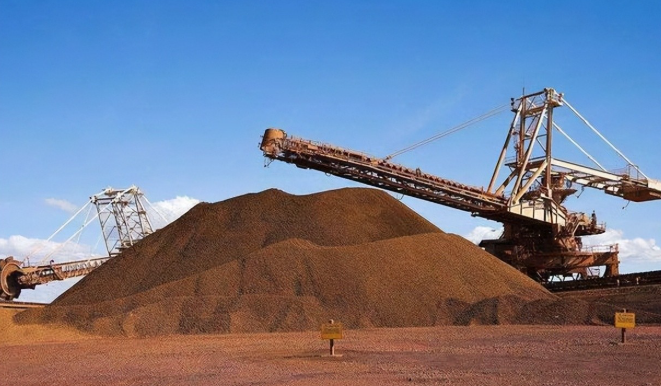
Why Washington Is Alarmed
Data from the U.S. Geological Survey (2024) reveals why this move struck such a nerve:
- China holds 49% of global rare earth reserves and accounts for 68.5% of world production.
- More critically, over 90% of global rare earth refining and processing capacity is based in China.
From smartphone chips and electric vehicle batteries to F-35 fighter jets, rare earth elements are indispensable. Each F-35 requires over 400 kilograms of rare earth materials, yet the Pentagon’s current strategic reserves could last only 18 months.
Chinese experts note that the U.S. remains at least 20 years behind in heavy rare earth refining technology, making near-term alternatives practically impossible.
The Reality Behind the Tariff Threat
Trump’s 100% tariff proposal may sound tough, but it could prove to be more symbolic than practical.
The question is — who actually pays for these tariffs?
When the U.S. imposed a 50% tariff on steel-made home appliances in June 2025, washing machine prices surged by $90 on average, with the burden falling directly on American consumers. Even the Federal Reserve later confirmed that such tariffs primarily drive up domestic prices.
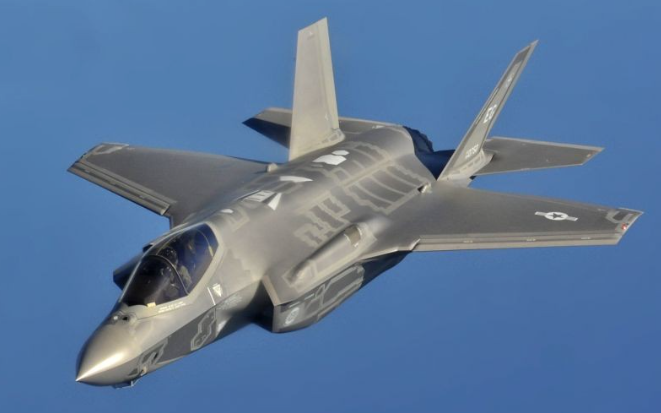
Economists like Ryan Sweet of Oxford Economics have warned that if the new tariffs are enforced, U.S. inflation could spiral out of control. With consumer prices still 3% higher year-on-year — above the Federal Reserve’s 2% target — additional tariffs could make an already fragile situation worse.
Bureaucratic and Logistical Obstacles
Even if Trump is determined to push these policies through within 20 days, Washington lacks the administrative capacity to implement them.
In early October, the U.S. government was facing a shutdown crisis. While customs officers continued working as “essential staff,” many back-office employees handling document verification and system updates were on unpaid leave — causing severe clearance delays.
Chinese cross-border e-commerce sellers have already reported that customs processing times have doubled. If 100% tariffs were suddenly applied, the customs system could face a complete collapse.
Pushback from U.S. Businesses
American companies, meanwhile, are openly opposing Trump’s hardline move.
Michael Hart, president of the American Chamber of Commerce in China, stated bluntly: “We generally oppose additional tariffs. The lower the tax rate, the better.” He added that U.S. companies fundamentally rely on the Chinese market.
Reports suggest that several American business groups are consulting lawyers to challenge the White House’s use of the International Emergency Economic Powers Act (IEEPA) to impose tariffs — arguing it is legally questionable.
Executives warn that a full trade cutoff could devastate U.S. industries, including automotive and tech manufacturing. Even Tesla CEO Elon Musk recently admitted that rare earth shortages are already delaying the company’s humanoid robot projects.
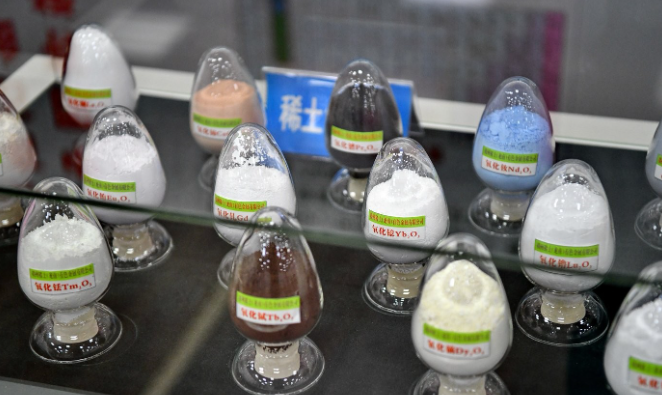
China’s Response: Regulation, Not Retaliation
Beijing’s stance remains measured. Chinese officials have clarified that export control does not equal a ban.
As long as buyers comply with regulations, exports can proceed.
The Ministry of Commerce has also confirmed exemptions for humanitarian needs — such as medical or disaster relief purposes. Moreover, rare earths are considered dual-use strategic materials, and export regulation is standard international practice, adopted by the U.S., EU, and Japan as well.
In essence, China is protecting national security and fulfilling its non-proliferation obligations — not weaponizing trade, as Trump claims.
Lessons from Past Trade Clashes
History has already shown that trade confrontation hurts both sides.
When Trump raised tariffs to 145% in April 2025, China’s economy remained resilient, while U.S. retailers suffered — with nearly half of supermarket shelves left empty due to surging import costs.
In today’s deeply interconnected global supply chains, any attempt by the U.S. to exert “maximum pressure” on China is unrealistic.
China has made its position clear: Washington is not in a position of strength to dictate terms. If forced into another trade war, Beijing will respond firmly to safeguard its interests.
The Bigger Picture
The heart of this conflict lies in America’s unwillingness to accept China’s growing global role.
But the world has changed — China’s dominance in the supply chain cannot be undone overnight.
Trump’s 100% tariff threat and 20-day ultimatum are, in essence, a paper tiger.
If enforced, the first casualties would be U.S. consumers and corporations, not China.
In the end, there are no winners in a trade war. Only cooperation can lead to sustainable, long-term growth.
Whether Washington realizes this truth will determine not just the next chapter in U.S.–China relations, but the stability of global trade itself.

